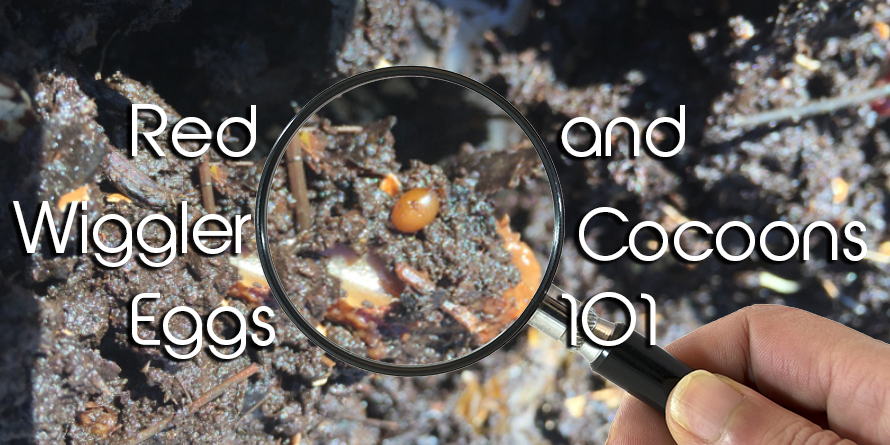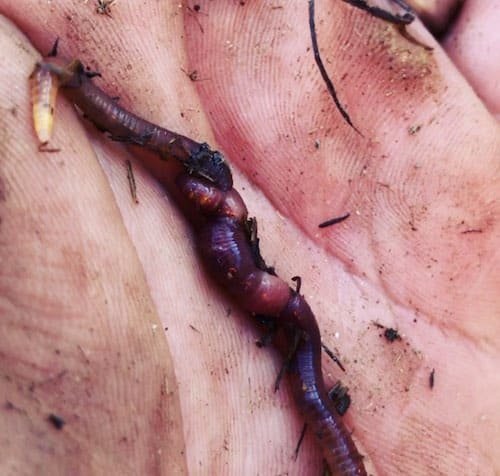Lake Hickory Bait: Your Partner for Successful Fishing on the Lake
Lake Hickory Bait: Your Partner for Successful Fishing on the Lake
Blog Article
Red Wigglers: The Unsung Heroes of Organic Waste Recycling
Red wigglers, or Eisenia fetida, function as important agents in the natural waste recycling procedure, changing discarded materials into important vermicompost. Their efficient failure of natural matter not just boosts dirt high quality yet additionally contributes to lasting waste administration techniques. As the world increasingly looks for services to combat waste accumulation and enhance farming efficiency, understanding the duty of these worms ends up being essential. What systems enable them to flourish in garden compost atmospheres, and how can they be successfully used in both property and industrial settings? Exploring these questions exposes the broader implications of vermicomposting in our ecological landscape.
What Are Red Wigglers?
The amazing strength of red wigglers, clinically called Eisenia fetida, highlights their vital function in natural waste recycling. These little, reddish-brown earthworms are commonly found in decaying organic issue, such as compost piles and manure loads. Lake Hickory Bait. Unlike other earthworm types, red wigglers grow in nutrient-rich atmospheres and are very reliable at breaking down organic products, making them vital for vermicomposting

(Red Wiggler Express)In addition to their role in waste reduction, red wigglers add to soil health and wellness by boosting soil framework and aeration through their tunneling activities (Lake Hickory Bait). Their presence in composting systems not just boosts decay prices yet additionally promotes a lasting approach to throw away monitoring, illustrating their value in environmental preservation efforts
Advantages of Composting With Worms
Composting with worms, especially red wigglers, uses many advantages that boost both waste administration and soil wellness. Initially, these worms successfully damage down natural waste, converting it into nutrient-rich vermicompost that enriches soil. This process increases decay, allowing for a faster recycling of kitchen area scraps and other natural materials compared to typical composting techniques.
In addition, the vermicompost produced by red wigglers is brimming with advantageous microbes, which assist enhance soil structure, aeration, and wetness retention. This boosts the general health of plants, promoting energetic development and boosted yields in gardens and farming setups. Furthermore, the use of worms in composting decreases the production of greenhouse gases, such as methane, adding to a much more lasting waste administration system.

Exactly How to Beginning Vermicomposting
Establishing a vermicomposting system is a straightforward process that can produce substantial advantages for both waste administration and dirt enrichment. To begin, select an appropriate container, such as a plastic container or wood box, with adequate air flow openings to make sure proper air movement. The measurements should ideally be around 2 feet by 3 feet, allowing adequate room for the worms to grow.
Following, prepare bed linen product, which can consist of shredded newspaper, cardboard, or coconut coir. This bed linen ought to be moistened to develop an ideal environment for the worms. As soon as the bed linens remains in location, present red wigglers (Eisenia fetida) into the container, typically around one extra pound of worms for every square foot of surface.
Following the positioning of worms, add organic waste, such as fruit and vegetable scraps, coffee grounds, and smashed eggshells. With these steps, you will effectively initiate a vermicomposting system that adds to sustainable waste management and improves your dirt.
Preserving a Healthy Worm Bin
(Red Wiggler Express)Keeping a worm bin flourishing needs routine focus and treatment to make sure the health of the red wigglers and the effectiveness of the composting procedure. Correct maintenance starts with keeping an eye on the moisture degrees; the container must perspire but not saturated. A good general rule is to maintain a consistency similar to a wrung-out sponge.
Oygenation is essential. Delicately mixing the bed linens and food scraps every few weeks stops compaction and ensures that all worms have access to oxygen. Furthermore, it is important to feed the worms properly. A well balanced diet of fruit and vegetable scraps, coffee grounds, and smashed eggshells ought to be used in small amounts to avoid overfeeding, which can cause smells and pests.
If the container ends up being as well hot or chilly, the worms might end up being stressed out. By vigilantly managing these elements, one can preserve a robust and productive worm container.
Influence On Lasting Living
The successful maintenance of a worm bin not just profits visit this site the health and wellness of red wigglers but also contributes substantially to sustainable living practices. By reusing organic waste, such as kitchen scraps and backyard particles, red wigglers assist divert substantial quantities of material from landfills. This reduction in waste not only lowers greenhouse gas discharges yet additionally reduces the environmental concern related to waste monitoring.
Furthermore, the spreadings produced by red wigglers offer as a nutrient-rich organic plant food, improving soil wellness and promoting plant development. This natural choice to chemical fertilizers supports lasting agriculture and horticulture methods, reducing dependence on artificial inputs that can hurt environments. Additionally, worm composting cultivates awareness of waste monitoring, urging people and communities to embrace even more sustainable behaviors.

Final Thought
In recap, red wigglers offer as important contributors to organic waste reusing via their efficient decomposition of natural products. By integrating vermicomposting right into waste monitoring approaches, people and neighborhoods can substantially decrease waste while promoting environmental sustainability.
Report this page